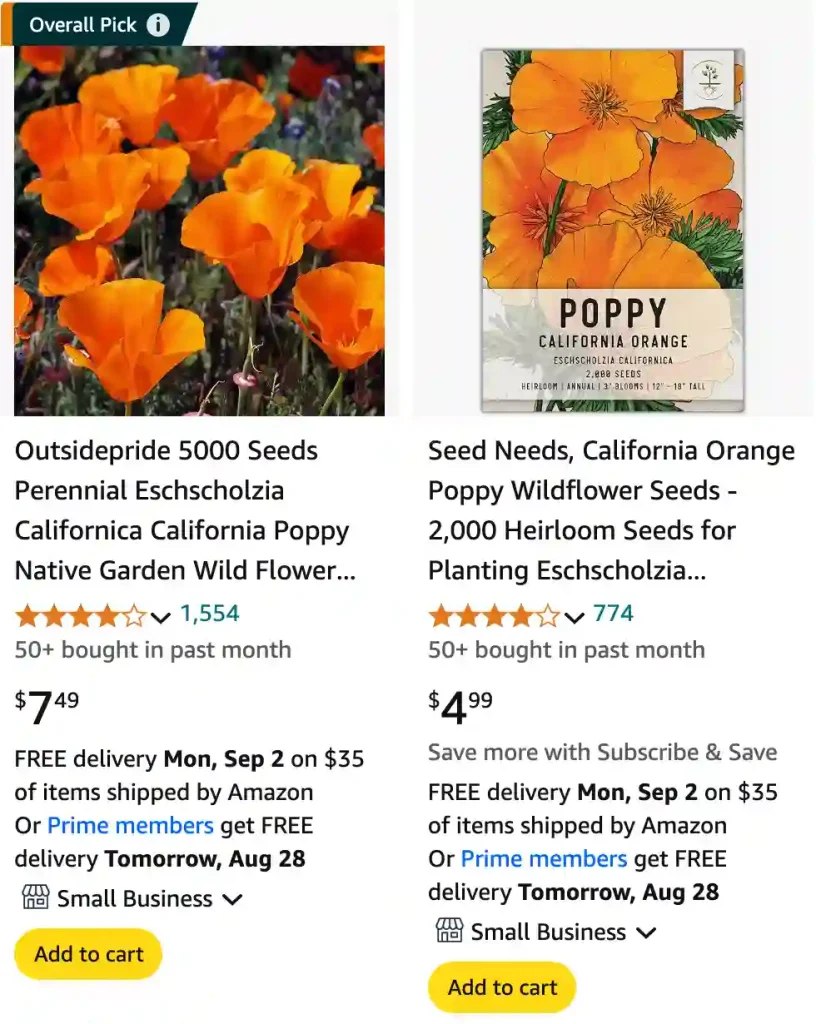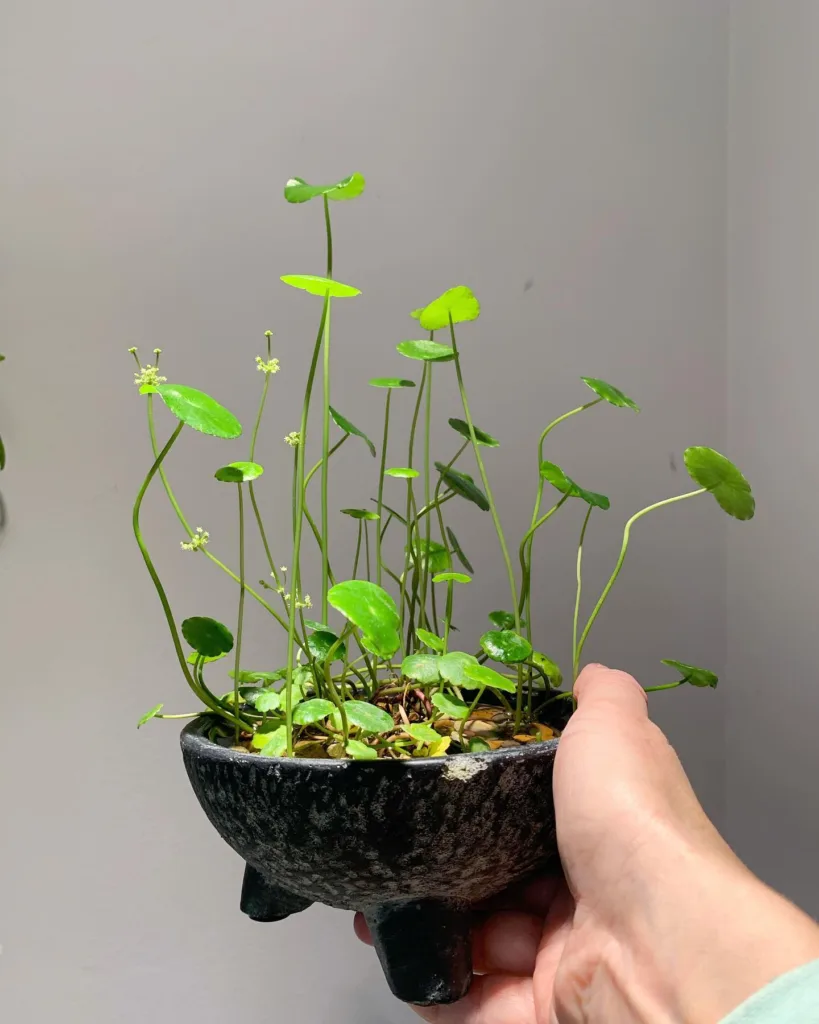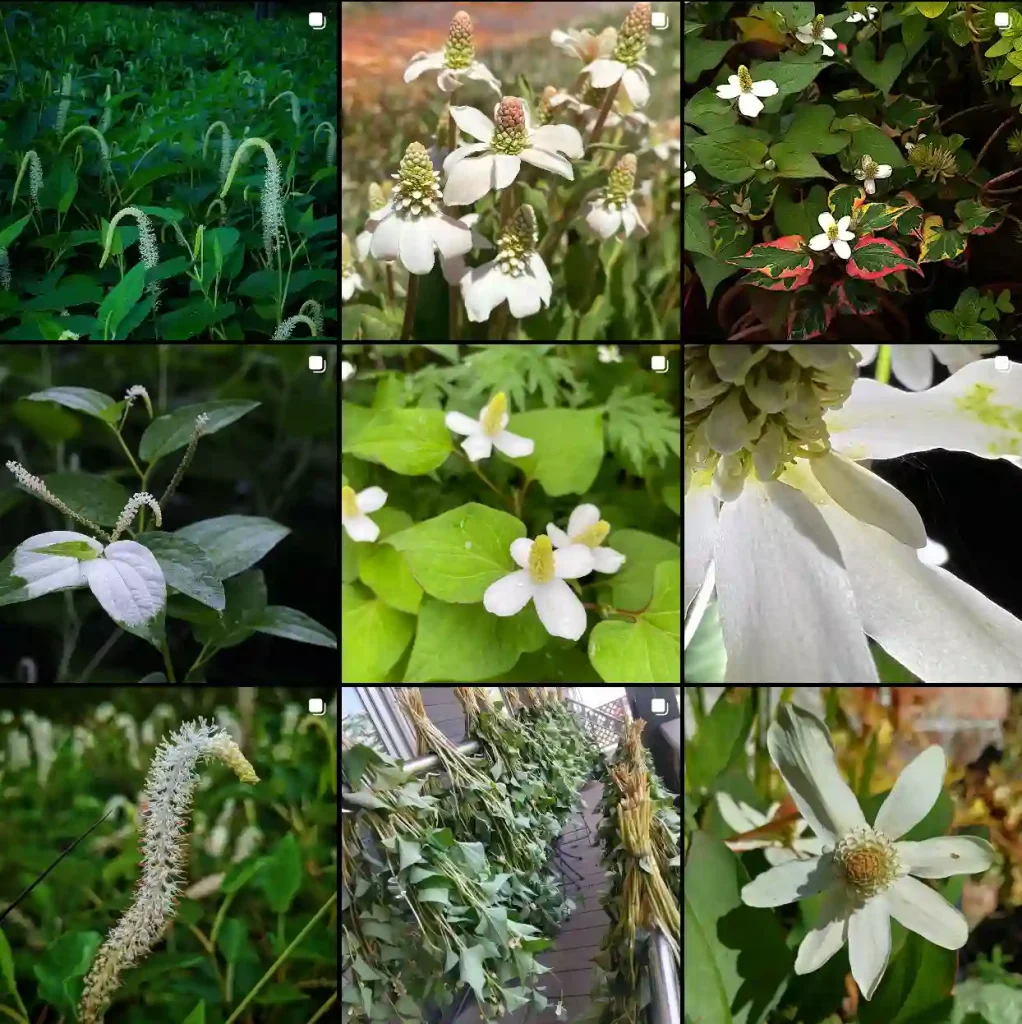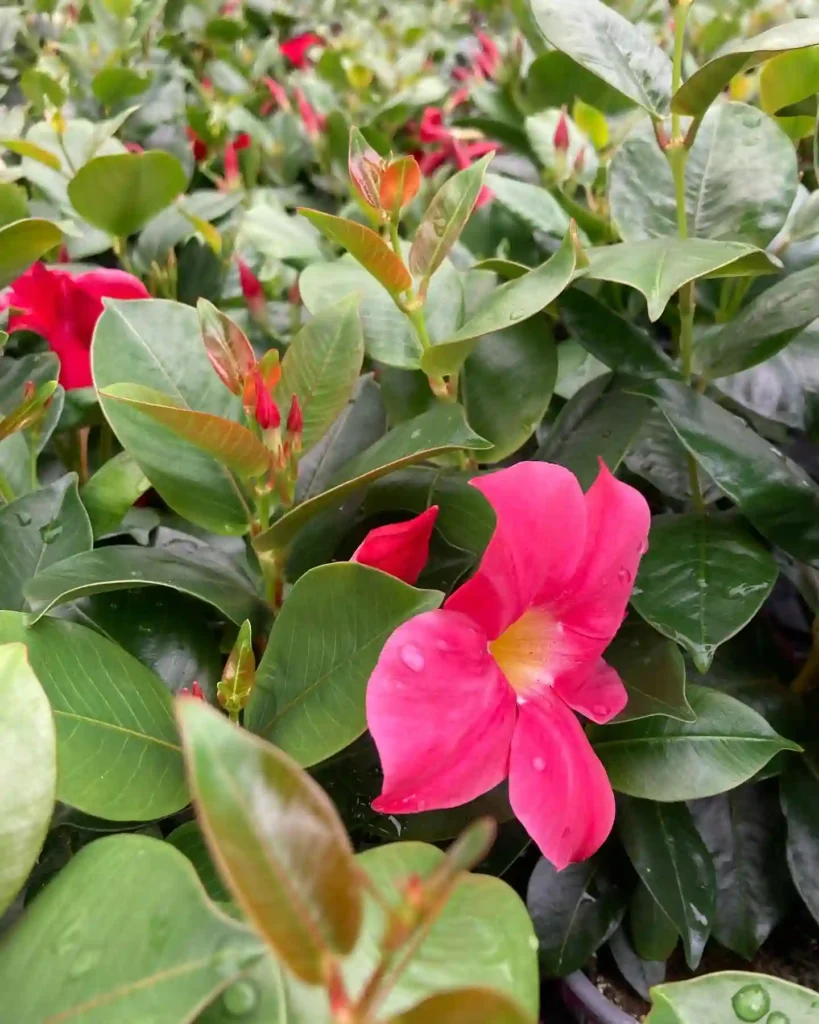
Frequently Asked Questions About Eschscholzia Californica
Eschscholzia Californica, commonly known as the California poppy, is a vibrant, iconic flower that paints fields with its bright orange hues, especially in the spring. Living in a region where this flower is a staple, I’ve grown to appreciate its beauty and simplicity. However, there’s more to this plant than meets the eye, and many people have questions about its characteristics, cultivation, and uses. Here, I will answer some frequently asked questions about Eschscholzia Californica.
15 Species in Genus Eschscholzia
What Is Eschscholzia Californica?
Eschscholzia Californica, or California poppy, is the state flower of California and a member of the Papaveraceae family. This plant is well-loved for its bright orange flowers that bloom from late winter to early spring. These flowers have a unique ability to close up during cloudy weather and at night, opening up only when the sun shines brightly. The plant itself has delicate, feathery foliage that adds a soft texture to gardens and wild landscapes.
Do All Eschscholzia Californica Blooms Last a Long Time?
The blooms of Eschscholzia Californica are stunning, but they don’t last very long. Each individual flower typically lasts only a few days, but the plant produces many blooms over the blooming period, creating a continuous display of color for several weeks. The flowering season can be extended if the weather remains mild and sunny. Despite the short life of each flower, the overall blooming period can provide a beautiful spectacle in gardens and wildflower fields.
Does Papaver Somniferum Cross with Eschscholzia Californica?
Papaver Somniferum, commonly known as the opium poppy, and Eschscholzia Californica are both members of the poppy family, but they do not cross-pollinate. These two plants are genetically distinct, and their differences are significant enough to prevent any natural hybridization. Each species has its unique growth requirements, flower structure, and uses. So, you don’t need to worry about accidental crossbreeding in your garden if you’re growing both types of poppies.
Is Eschscholzia Californica a Perennial?
Eschscholzia Californica is typically grown as an annual, meaning it completes its life cycle in one growing season. However, in mild climates, it can behave like a perennial, regrowing from its roots year after year. In colder regions, the plant is unlikely to survive harsh winters, so it’s often treated as an annual. Regardless of how it’s grown, the plant tends to reseed itself prolifically, ensuring new plants pop up the following year.
What Is Eschscholzia Californica Extract?
Eschscholzia Californica extract is derived from the aerial parts of the California poppy plant. It’s known for its mild sedative and analgesic properties, making it a popular natural remedy for promoting relaxation and easing minor aches and pains. Unlike its relative, the opium poppy, the California poppy does not contain opiates and is not addictive. This makes it a safer option for those looking to use herbal supplements to support their health and well-being.
Will Eschscholzia Californica Reseed in PNW or Freeze?
The Pacific Northwest (PNW) offers a suitable environment for Eschscholzia Californica to thrive, as the plant can handle a range of temperatures and conditions. It will often reseed itself in gardens, ensuring a fresh display of blooms each year. However, in regions where freezing temperatures are common, the plant may not survive the winter. If you’re in a colder part of the PNW, consider planting seeds each year or providing some protection to help the plants overwinter.
How to Care for Eschscholzia Californica?
Caring for Eschscholzia Californica is relatively straightforward, which makes it a favorite among gardeners. The plant thrives in full sun and prefers well-drained soil. It’s drought-tolerant, so it doesn’t require much watering once established. Overwatering can lead to root rot, so it’s essential to let the soil dry out between watering. Deadheading spent flowers can encourage more blooms, extending the flowering period.
How to Propagate Eschscholzia Californica?
Eschscholzia Californica is most commonly propagated by seed. You can sow the seeds directly into the garden in the fall or early spring. Scatter the seeds on the soil surface and press them down lightly, as they need light to germinate. Thin the seedlings to about 6-8 inches apart to give them space to grow. The plant also self-seeds, so you may find new plants popping up around your garden each year.
Can You Grow Eschscholzia Californica Indoors?
Growing Eschscholzia Californica indoors can be challenging due to its need for full sun and ample space. However, if you have a sunny spot, like a south-facing window or a sunroom, you might have some success. Use a well-draining potting mix and make sure the container has drainage holes to prevent waterlogging. Indoor plants may not grow as robustly as those outdoors, but they can still provide a burst of color.
Is Eschscholzia Californica Toxic?
Eschscholzia Californica is considered safe for humans and pets. It does not contain the harmful alkaloids found in some other poppy species, making it non-toxic. However, it’s always a good idea to prevent pets and children from ingesting large quantities of any plant, just to be safe. As with any herbal supplement, use caution and consult a healthcare professional before using Eschscholzia Californica extract, especially if you have underlying health conditions or are taking other medications.
What to Plant with Eschscholzia Californica?
Eschscholzia Californica pairs well with other drought-tolerant plants that thrive in full sun. Consider planting it alongside lavender, sage, or yarrow for a beautiful and low-maintenance garden. These plants share similar water and light requirements, making them excellent companions. Their contrasting colors and textures can create a visually appealing landscape that’s both vibrant and easy to care for.
Benefits of Eschscholzia Californica
Beyond its stunning appearance, Eschscholzia Californica offers several benefits. It’s a low-maintenance plant that provides vibrant color with minimal effort. Its ability to self-seed makes it a reliable choice for filling in garden spaces. The plant also attracts beneficial pollinators, like bees and butterflies, which can help improve the health of your garden ecosystem. Additionally, its extracts can be used for their mild sedative effects, offering a natural way to promote relaxation.
Common Problems with Eschscholzia Californica
Eschscholzia Californica is generally a hardy plant, but it can face a few common problems. Overwatering can lead to root rot, which is why it’s crucial to plant it in well-drained soil and avoid excessive watering. Pests are usually not a significant issue, but aphids can occasionally infest the plant. If you notice aphids, a simple spray of water or insecticidal soap can help control the problem. Mildew can be an issue in humid environments, so ensuring good air circulation around the plants can help prevent this.
In summary, Eschscholzia Californica is a versatile and resilient plant that can brighten up any garden with its cheerful blooms. Whether you’re looking to add color to your landscape, attract pollinators, or explore natural remedies, the California poppy is a fantastic choice. Its ease of care and ability to thrive in various conditions make it a favorite among both novice and experienced gardeners alike.
If i die, water my plants!



